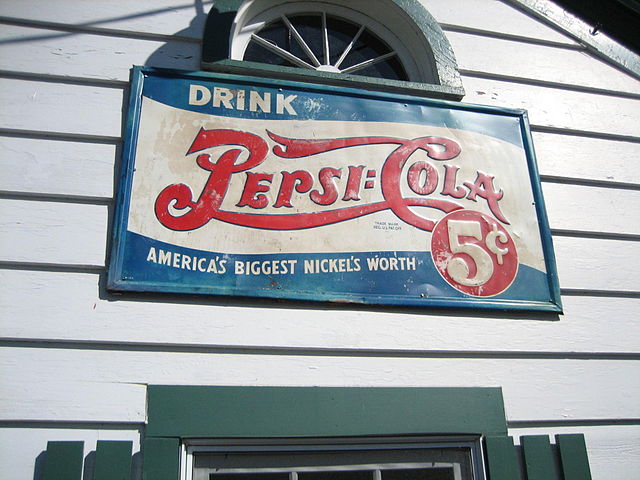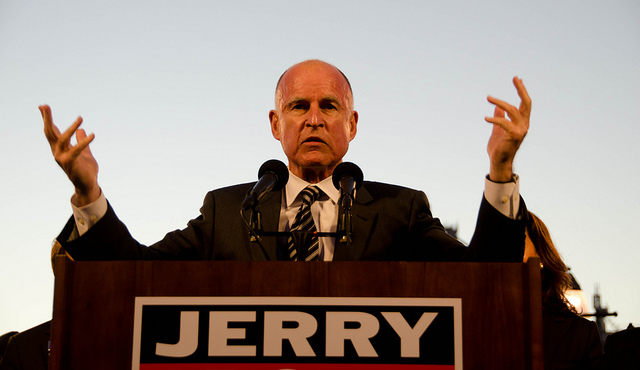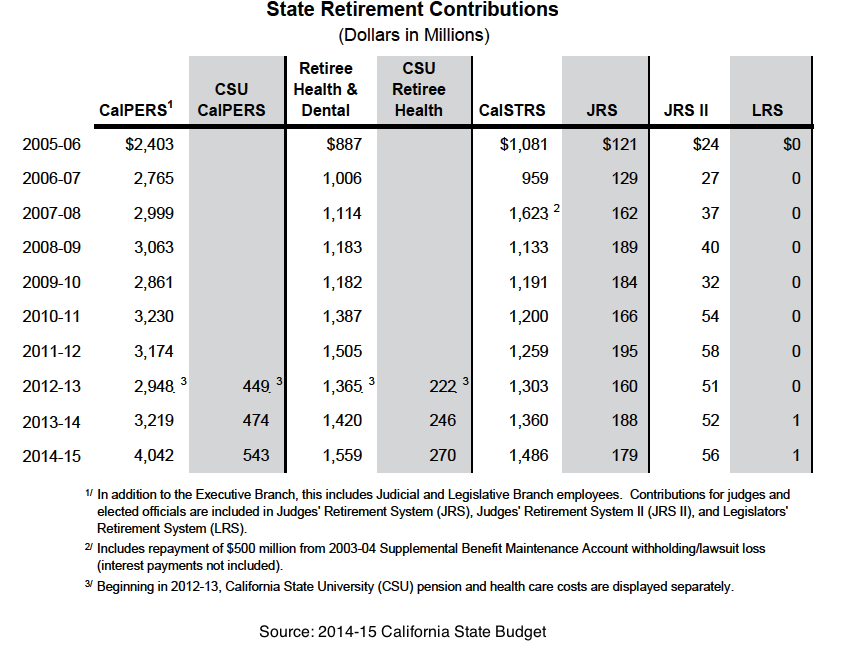Pension benefits, once thought safe, now stand on shakier footing than they ever have. Detroit’s citizens live in a state where pensions are protected by the Constitution, but that didn’t matter when a bankruptcy judge ruled that the city could cut worker pensions as part of its bankruptcy restructuring plan.
California workers are now wondering what this all means for them—particularly the workers in the bankrupt cities of Stockton and San Bernardino. The state heavily protects its pension benefits, present and future.
Still, the question on everyone’s mind is: Could Detroit-style pension cuts come to California? Ed Mendel explored that question in a post today on CalPensions:
U.S. Bankruptcy Judge Steven Rhodes, acting earlier than expected, ruled last December that Detroit pensions can be cut, even though the Michigan constitution says pensions are a “contractual obligation” that can’t be “diminished or impaired.”
The ruling that federal bankruptcy law allowing contract impairment overrides state law was appealed by unions. But the early ruling, along with potential loss of “grand bargain” financial aid, may have added to fear of deep pension cuts, influencing the vote.
A cut of 4.5 percent in active and retired general worker pensions and the elimination of cost-of-living adjustments was approved by 73 percent of voters. Leaving police and firefighter pensions intact but trimming their COLAs from 2.25 to 1 percent was approved by 82 percent.
In a brief supporting the appeal of Judge Rhodes’ ruling, CalPERS argued, among other things, that Detroit has a city-run plan and that an “arm of the state” like CalPERS cannot under federal bankruptcy law be impaired in a municipal bankruptcy.
The judge handling the Stockton case, U.S. Bankruptcy Judge Christopher Klein, has said one of his options is ruling on the general issue of whether CalPERS pensions can be cut without necessarily finding that Stockton pensions should be cut.
CalPERS filed the brief in question shortly after the Detroit ruling. The premise of CalPERS argument was that the Detroit ruling didn’t apply to them because Detroit is a city, while CalPERS operates on the state level.
But as Mendel points out, there are a few key similarities between Detroit‘s bankruptcy and those of California. From CalPensions:
Although differing on pensions, the Detroit and Stockton plans to exit bankruptcy are similar on retiree health care. Detroit announced last week that a 90 percent cut in retiree health care was approved by 88 percent of voters.
Judge Klein ruled in 2012 that retiree health care can be cut in bankruptcy, acknowledging the result may be “tragic hardships” for some. A Stockton retiree health care debt of $544 million was reduced to a one-time payment of $5.1 million.
Another similarity is that the Detroit and Stockton “plans of adjustment” to cut debt and exit bankruptcy face challenges from bondholders. Making little or no reduction in massive pension debt, but deep cuts in bond payments, is said to be unfair.
What happens in California will have a ripple effect across the country as cities nationwide are increasingly weighing the prospect of going through municipal bankruptcy proceedings. The judges presiding over these cases will be wading in uncharted waters—and their word will be law. Pension360 will be following subsequent developments closely.







